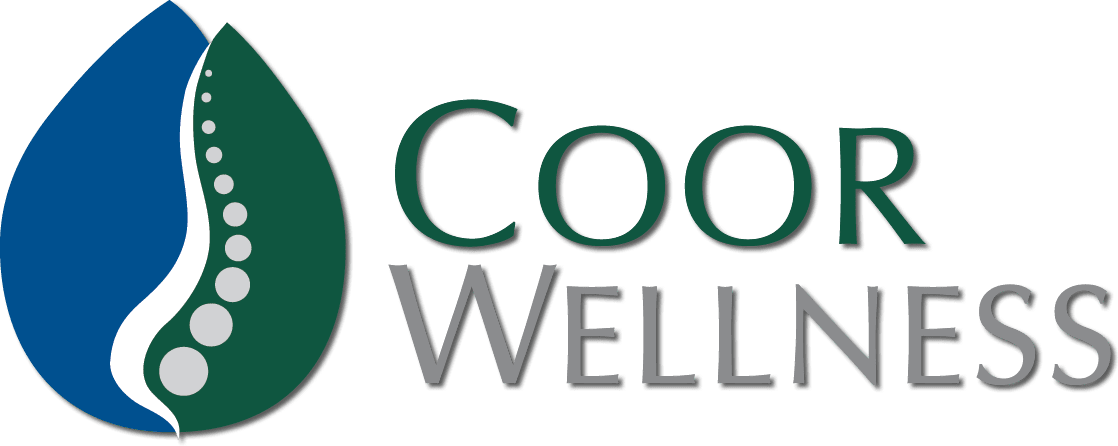Low Back Pain is a big problem for adults. The best resources suggest that over 80% of adults will have lower back pain at some time during their life. There are many treatment options available. But what do the experts recommend? What does an institution like Harvard suggest for Low Back Pain?
 Resting – Not Recommended
Resting – Not Recommended
The days of ‘allowing’ the back to heal are long gone. An inaction approach has never proven to be beneficial in practice or in research studies. The providers at COOR Wellness in Grand Junction, Colorado recommend being active within reason. Do what you can and limit what is painful.
Notice we used the word ‘limit’ and did not use the word ‘avoid’. Avoiding painful movements altogether may create long-term fear of certain movements or activities. If you instead limit motions, but occasionally attempt them you can monitor your progress and see if your back pain is improving. For example, if you do a motion that causes pain and you rate the level of pain a 4 out of 10 and the next time you do that same motion and it’s now a 2 out of 10, you know your symptoms are improving. Furthermore, if the second time you do that same motion it goes up you know it is getting worse and you should have it evaluated.
Start Simple
Now that we’ve established that rest isn’t helpful let’s talk about what is needed. The opposite of rest is activity. We’ve mentioned doing what you can, and not doing too much of what hurts. To further clarify, here are a couple things you can do to help when you are having back pain:
- Walking – this is one of our favorite lower back corrective exercises. If you can walk without pain, do so. And do more than usual if you are able to tolerate it.
- Hiking – this is walking with a challenge. Hills and mildly unstable surfaces offer a challenge that can help you quickly overcome back pain. Keep your hike within reason, and do what you can.
- Stretching – do what feels good. It’s impossible to say which stretches are going to be helpful without an evaluation. There are some common stretches that will help, but we prefer to give recommendations based on objective findings.
- Cold and Heat – there is a time and place for both heat and ice. We recommend heat usually unless the best or only word to describe your symptoms is the word ‘pain’. When the best word for your symptoms is ‘pain’ we recommend you use ice or cold. When words like ‘ache’, sore or tight better describe what you are feeling we recommend you use heat.
One Common Stretch We Recommend
A medical doctor who writes for Harvard’s Harvard Health Publishing is courageous enough to recognize the limitations of over the counter medications. Furthermore, he points to convincing research that recommends massage and chiropractic care before the more convenient over the counter medications or muscle relaxers. This is especially the case for back pain that’s been happening for less than 12 weeks.
Another Common Stretch We Recommend
Exercise or Adjustment?
While the research for low back pain and these two treatments is confusing, they’re both helpful. What is more helpful is figuring out which one is needed. There are ways health care providers can determine which is better. Using a logical evaluation process, your doctor should be able to tell you if you need a massage, a chiropractic adjustment, joint manipulation or exercise. And you want to match the right treatment, to the right problem.
Low back pain is what we call a ‘junk’ diagnosis. Pain is a symptom, not an exact cause of the problem. Sometimes an adjustment will help; sometimes an exercise will help. You need to find a provider who is wise enough and objective enough to take the time to find the cause of your pain.
If you need help in Grand Junction Colorado call us at the number below. You can always have a free 10-minute consultation. If you need help outside of Grand Junction Colorado, let us know and we’ll find a provider for you.

